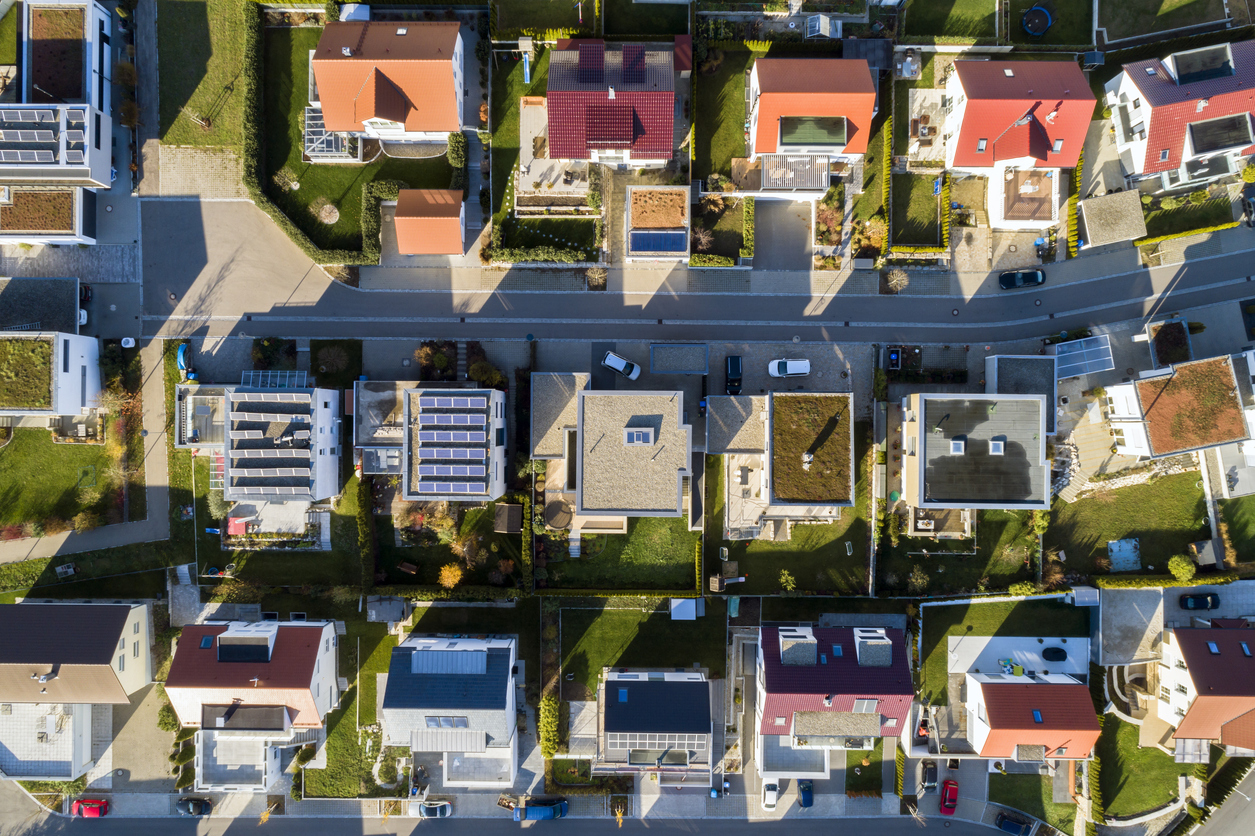Biodiversity and Housing: The Next Evolution of Sustainability
In 2019, many institutions, government bodies and private companies declared a climate emergency.
We all know the fraught politics around climate change—but there has arguably been less talk about the second part: biodiversity loss, perhaps because the numbers are less easy to deny.
Those numbers around species loss are alarming, particularly in and adjacent to urban areas.
So, what are we as an industry doing about biodiversity loss? Is it possible for us to not only stop causing damage, but also to start to repair the damage we have done? Can we deliver biodiversity positive buildings and communities?
Fortunately, the answer is yes, as there are proven solutions applicable to all scales of building and communities—but it has to be achieved through more direct collaboration between the project’s urban designer, architect and a collaborative team of landscape architects, ecologists, and sustainability consultants from the earliest planning phases of the project.
For much of the last two decades the sustainability discussion for buildings has been about reducing resource use and emissions and their associated operational cost savings in water, waste and energy.
All great outcomes and goals, but they are fast becoming main-stream, and the continual strengthening of building codes mean they are heading towards business as usual, particularly in commercial buildings.
Even the latest renewed pushes toward circular economy project analysis, while beneficial, still focus on water, energy and waste, and largely ignore biodiversity enhancement outcomes.

For buildings and larger scale communities, sustainability rating tools have had some success in driving change but have to date largely focused on the items completely within the developer’s control—the public realm, the urban design, the precinct-scale initiatives.
The biggest challenge in delivering these outcomes in our industry is therefore in the residential property sector—particularly for individual houses.
In residential communities, sustainability outcomes for individual houses are usually overlooked as developers are effectively locked into standard project home designs provided by project builders.
These standard project homes are almost exclusively built to the minimum allowable standard for sustainability performance to keep costs down—and never consider biodiversity enhancement.
The question must be asked: is there any point having a sustainable estate if most of the houses in it are the off-the-shelf, minimum standard project homes, with no attempt to contribute to biodiversity enhancement? Is this outcome truly sustainable?
Enhancing biodiversity is the next evolution in sustainable buildings and communities—and the industry needs to be prepared.
Our circular economy project models need to be reshaped to include a biodiversity benefit in the outcomes.
Our sustainability rating tools, which are already giving more weight to biodiversity enhancement, need to make these mandatory credits.
Our planning and approval systems need to include biodiversity enhancement as part of development approval conditions.

Our base-standard houses need to include elements like green roofs, green walls and landscapes which utilise biodiversity enhancing plant species—not just whatever is available at the nursery.
It can be done, we already have the technology, the products and the biodiversity knowledge, so if we as an industry want to avoid a heavy-handed legislative and regulatory approach, we should take serious steps toward change now.
But who pays? Incentives from all levels of government will play a big part in driving change and there are already some sustainability incentivisation schemes in place, but biodiversity enhancement incentives are less common and need to be expanded on to accelerate these outcomes.
Wolter Consulting Group has a collaborative team of urban designers, landscape architects, ecologists, planners, and sustainability consultants who can assist in delivering biodiversity positive buildings or communities, or biodiversity-enhanced circular economy project models.
We are also in the preliminary stages of developing an innovative new finance model to assist builders and developers to tap into the many and varied sources of green funding that we have identified as potential funding sources for biodiversity enhancement projects.
Click here if you’d like to be involved.
David Uhlmann is Wolter Consulting Group’s Director of Environment and Sustainability. He has nearly 30 years experiences across Landscape Architecture, Urban Design & Precinct Sustainability”
The Urban Developer is proud to partner with Wolter Consulting to deliver this article to you. In doing so, we can continue to publish our free daily news, information, insights and opinion to you, our valued readers.














